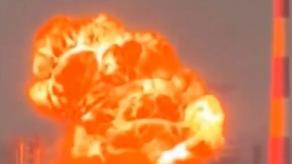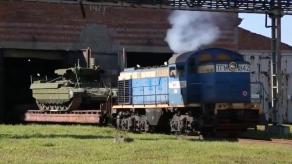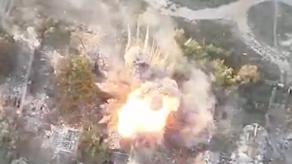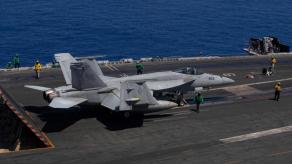While boasting about its weaponry, the russian federation inadvertently acknowledged that the S-400 air defense system lacks the capability to engage ballistic missiles. Although not explicitly stated, this revelation was made in an article by the russian state-controlled newspaper Izvestia, as the editors were attempting to underscore the superiority of the S-400 over Western anti-aircraft missile systems.
The focal point of the discussion was the 40N6 interceptor missile, the one which was ordered in a quantity of 1,000 units produced over the next three years. The emphasis on this particular missile is significant because previously russia admitted the 9M96 missile of the S-400 system did not employ kinetic energy interception but relied on detonation close to the target.
Read more: India Backstabs russia by Developing Own S-400: Project Estimated at $2.5 mln and Only 5 Years
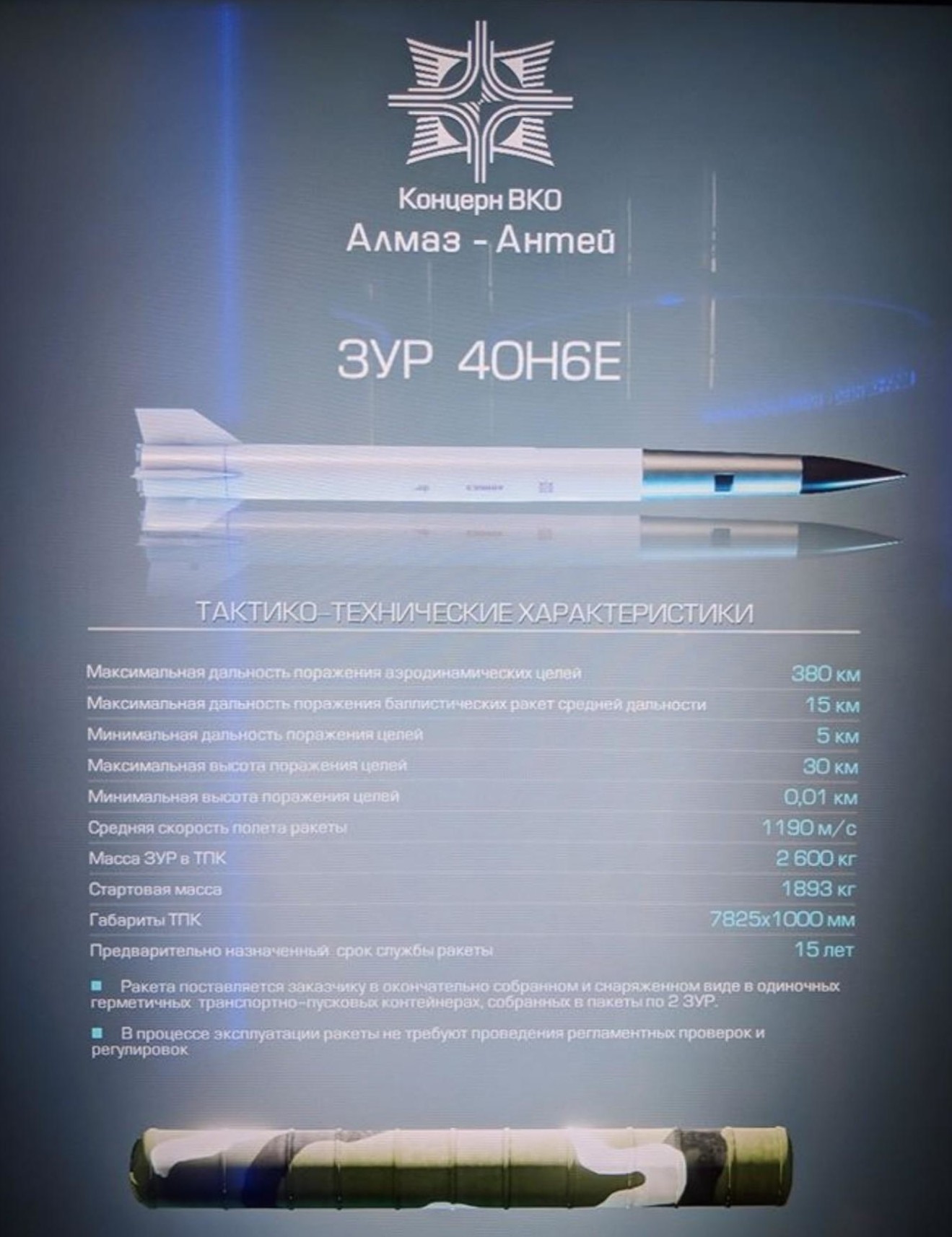
Now, according to the russian newspaper, during interception of a ballistic target, the 40N6 missile, quote, "hits with pellets of metal fragments and destroys the warhead of the enemy's weapon." However, the earlier disclosed specifications suggest that this can be achieved in a very short range, only 15 km.
In essence, the 40N6 missile does not employ kinetic target interception, commonly known as "hit-to-kill" technology. The main difference is that fragmentation damage does not guarantee effective neutralization of a ballistic missile because it is already practically falling onto its target by the time it meets with the interceptor. Fragments can damage the missile or its flight control systems but cannot stop the fall of a big chunk of explosive.
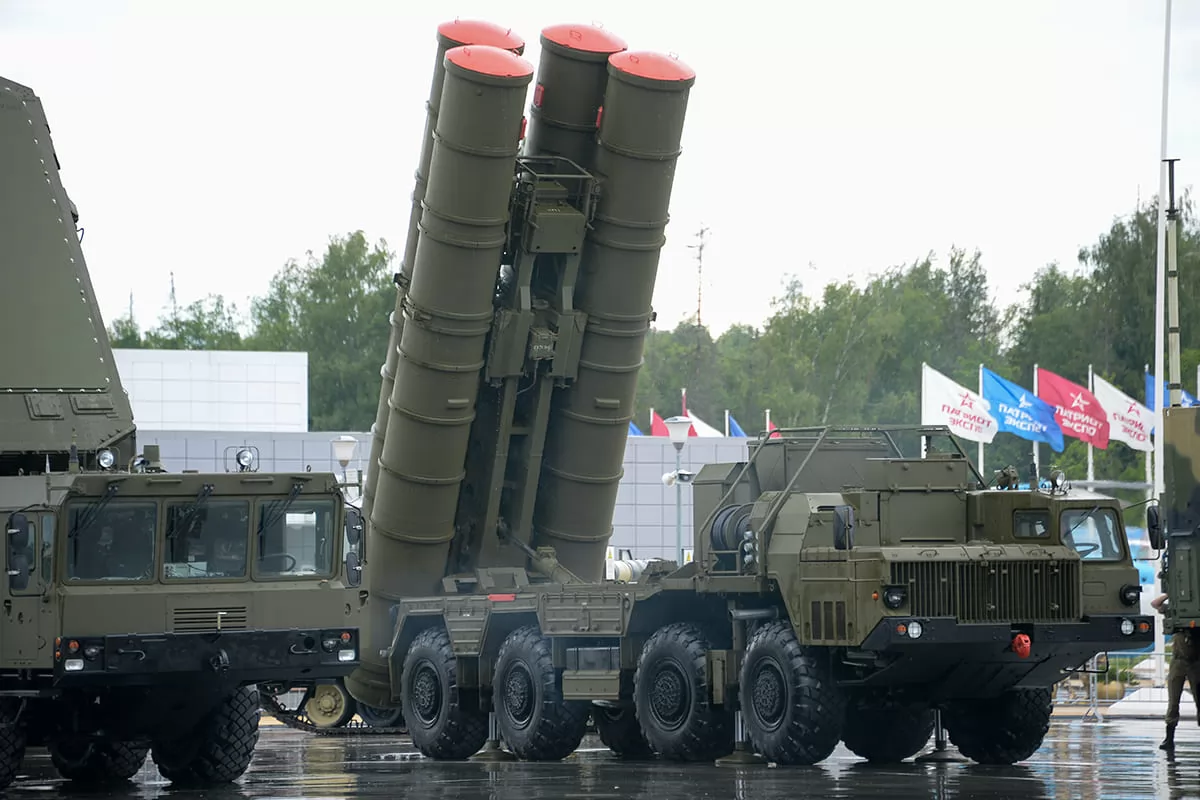
Basically, the situation with the S-400 echoes the experience with the Patriot PAC-2 in the late 1980s, believed to be adapted for intercepting ballistic missiles. To add anti-missile capability, the Americans had optimized the radar proximity fuze and increased the weight of the preformed fragments from 2 to 45 grams.
During the Persian Gulf War in 1991, 41 out of 42 Iraqi Scud missiles (R-17s of the Elbrus SRBM system and its derivatives) were claimed to have been intercepted, i.e. 97%, later estimates were reduced to an average of 55%. In 1992, a congressional committee carried out an investigation to find out where the money, allocated to upgrade the Patriot to the PAC-2 modernization, went; and they concluded that the actual success rate of that version of Patriot was only 9%.
This led to a new Patriot modernization program incorporating kinetic energy interception, giving rise to the Patriot PAC-3, first with the CRI anti-missile interceptor, later replaced by MSE. For the creation of Patriot PAC-3, the engineers used experience and concepts developed during the famous Strategic Defense Initiative program.
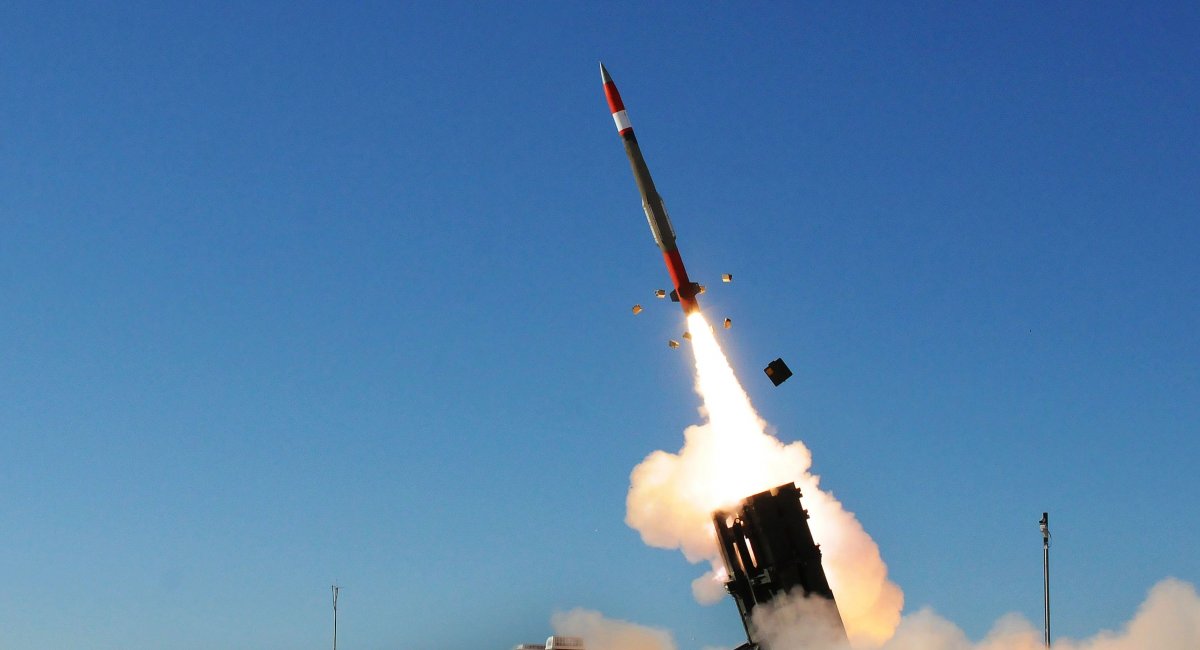
The absence of hit-to-kill technology in the S-400 contrasts with top-tier anti-missile defense systems like the European SAMP/T and the Israeli David's Sling, highlighting a significant difference in capabilities between these systems and conventional anti-aircraft systems.
Same "hit-to-kill" technology is implemented both in the European SAMP/T and in the Israeli David's Sling, as well as other top-tier anti-missile defense systems, it is the main feature and difference from ordinary anti-aircraft systems. The absence of a kinetic interceptor for the S-400 is why russia is still a generation behind in terms of modern air defense capabilities.
Read more: Russia Claim that the A-50 Aircraft Is Now Able to Guide Surface-to-Air Missiles from the S-400 System








